Many people subconsciously think of potatoes as roots because they grow underground. Since most things that grow underground are roots, we can't blame them at all.The following content also has some reference value for raised garden beds.
However, you may also think it's a stem, and the two beliefs are often confused. So which one is it? We're writing this article to tell you whether a potato is a root or a stem, and why gardeners have made this discovery. Let's get started.
What's the difference between a root and a stem?
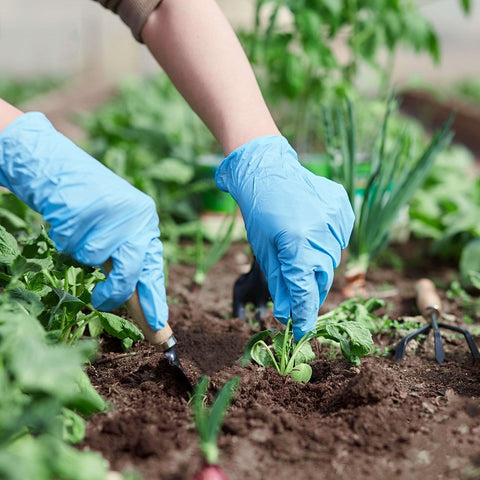
Before we tell you which category potatoes fall into, you might be curious about the difference between stem and root.
The stem is the part of the plant that contains the branches, fruits, and leaves, while the root is the underground part of the plant that contains the root hairs. The stem of any plant contains plant structures, such as flowers and buds.
There are four different types of taproots. These include fibrous roots, adventitious roots, taproots, creeping roots, tuberous roots, watery roots, and parasitic roots.
Fibrous roots, similar to adventitious roots, are found in a range of monocotyledon plants and taproots in dicotyledon plants.
Stems are a good way to make paper, rayon and cellophane from cellulose, which is obtained from pulpwood. It also needs to make wood, alcohol and acetone. Bark produces fibers and many other important components.
Is a potato a root or a stem?
Potatoes are grown in cool climates all over the world, and since they usually grow underground, some people might think of them as roots.
However, they are starchy, modified stems called tubers, and they grow on small branches called stolons, which come from the lower part of the potato plant.
Therefore, the potato can by no means be defined as a root; however, it is not quite a stem. It is important to realize that they are grown from a modified stem, by which we mean it is called a tuber.
For those unfamiliar, tubers develop from underground stems or stolons that store food and starch for the plant to use later.
Rubber makes up all the parts of a typical stem, which is why most people think of it as a stem. These parts include internodes, axillary buds, pedicels, nodes, terminal, and petioles.
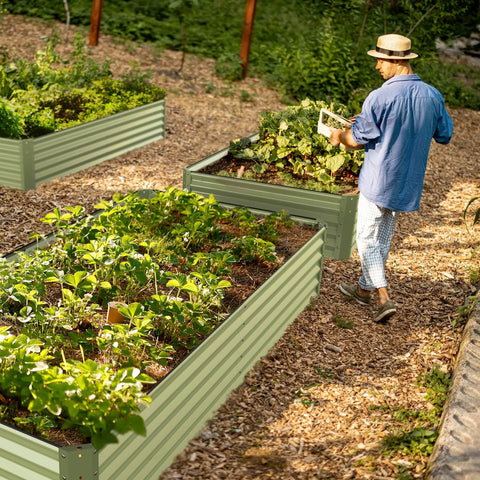
- Internode: This is the part of the stem that connects the two nodes and facilitates the transport of water, food and minerals through the nodes. The bigger the area, the taller the plant will be, or in this case, the bigger the potato.
- Node: This is where the leaves, stems, buds and other important elements of any plant develop. They also support the plant and promote healing if it is injured.
- Terminal bud: This is the bud of a plant that controls vertical growth of any plant. It prevents the development of any more buds and ensures that the plant grows vertically. It is also known as top advantage.
- Lateral buds: These are buds that develop partially between the petiole and the stem. Buds are usually dormant, but they can become stems, leaves or even flowers.
Pedicel: This is the stem that connects the stem to the flower. They support flowers, pollinate insects,
- Leaves: Leaves are one of the most famous parts of a plant. They consist of wide, thin structures that appear at the end of the petiole. They are vital organs that develop from lymph nodes. Most types are green, and this also applies to potato leaves. They aid in transpiration, respiration and photosynthesis.
- Flowers: Flowers help plants pollinate and reproduce sexually. They come in different colors and are located at the end of the pedicel.
How do these parts look on a potato?
Potato nodes and internodes spread around the plant in a spiral arrangement. You may hear them referred to as "eyes."
They also have leaf scars, which is where the stolon is attached, while the terminal bud completes the "stem" at the other end.
Although buds can be regenerated, branches develop from nodes, and once they are well developed, adventitious roots develop in the part of the branch connected to the tuber.
Lateral buds begin to develop on the buds. The petioles also form on the shoots along with the leaves, and the potatoes can even flower, which then grows into fruit. Yams and Irish potatoes are perfect examples of stem tubers.
What is a tuber?
Tubers are varieties that appear on stems. These changes occur in different parts of any plant's adaptation to its environment. These modifications are labeled "ground plants."
Tubers are bulges formed to store nutrients for the whole plant, which can later be used by the whole plant.
In addition, these changes promote the growth of perennials, allowing them to survive harsh seasons.
There are two different types of stem tubers, and some stolons may grow horizontally. This is the potato case and the thickened rhizome, the underground stem.
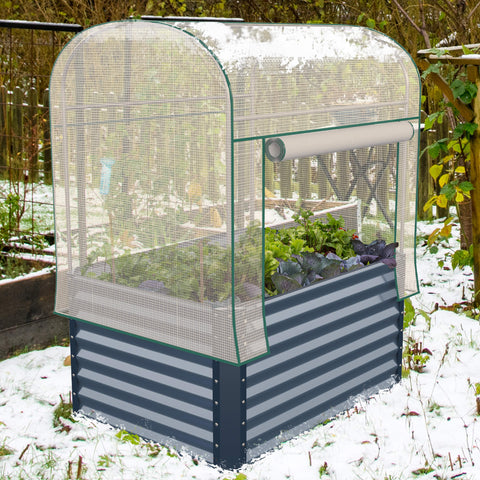
The tuber is a regenerative organ, meaning that when the plant eventually dies, the tuber can regenerate by developing new shoots again. That's what potatoes do.
Potato (Solanum Tuberosum)
Although we have established that potatoes are stems and not roots, you may be interested in learning more about this plant.
The potato is a perennial vegetable that dates back 10,000 years. They are thought to have come from Peru in South America before spreading to other parts of the globe.
Today, potatoes are one of the most grown vegetables in the world
Some of the largest food crops. Although the potato originated in Peru, the main production is in northern Europe.
Potatoes are herbaceous plants. There are more than 4,000 varieties of potatoes. The stem grows to 24 inches tall and has flowers and green leaves. The flowers can be blue, red, pink or white. Each plant has yellow stamens.
Leaves, stems and fruits contain the alkaloid solanine, which is harmful to humans. You should only eat tubers to avoid poisoning. Tubers do contain toxic sugar alkaloids, but in very small amounts.
In addition, sugar alkaloids protect plants from sunlight and other pests. If you leave potatoes in too much sun, toxic levels can increase to the point where they are harmful to humans.
When potatoes are ripe, the leaves die and turn brown. Then the flower turns into fruit.
The process of growth
When you decide to grow potatoes, they always use seed potatoes, where the tubers are kept until they sprout.
You can grow these seed potatoes yourself or buy treated potatoes from a supplier. When you breed a new variety, you use the seeds of the fruit.
Potatoes are known to grow in five stages. The first is where we see the seed potato sprout. They develop and photosynthesize as they produce food, which allows stems to grow above ground and stolons to grow underground.
The process continues into the third stage, when more stolons appear and begin to expand to form tubers. The plant will continue to grow on the ground until it begins to flower.
At one point, the potatoes stopped growing and began "packing" more food inside the swollen stem segment.
In the final stage, the tuber matures while the rest of the plant dies. When grown, potatoes can
As many as 20 tubers on a single stolon can be produced without much effort on the part of the farmer.
Sweet potato
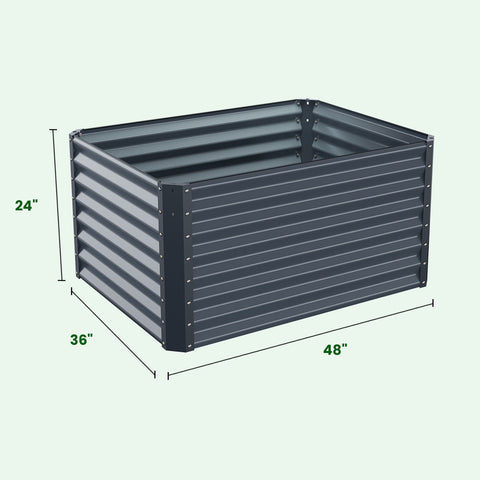
The potatoes we are talking about in this article mainly refer to the Irish potato, commonly known as the white potato.
Despite their namesake with sweet potatoes, they belong to a different family, and there's one major difference. The difference is that a sweet potato is a tuber, while a sweet potato is a tuber.
In addition, Irish potatoes are grown from seed potatoes, while sweet potato varieties are developed from small seedlings grown from sweet potatoes. These young plants are called saplings.
The root tuber is a modified rotten body, which is the storage organ of the whole sweet potato. Similar to stem tubers, tubers store food for future growing seasons, and after one growing season, plants die before they can sprout in the next.
Another key difference to keep in mind is that sweet potatoes do not have nodes, internodes, or any of the other characteristics that would classify a sweet potato as a stem.
Cassava is also a root plant. Cassava is a root vegetable or tuber native to South America. The most commonly eaten part of the plant is the root. It is very versatile.
It is a tropical plant with a fibrous root system. Some roots develop into tubers by secondary thickening, and these roots will develop around the base where the plant is formed
About five to ten tubers per plant.
Stem modification
Potatoes aren't the only version of modified stems. Other versions include:
- Bulb: This is a modified stem, the stem is a flat base from which the leaves will develop from a node that surrounds a bud in the middle. The leaves are hollow, but eventually fill up with the plant's nutrients and begin to swell. Examples of bulbs include garlic and Onions.
Corms: Corms can be placed with corms because they both store food on vertical stems. Unlike a bulb, however, a bulb has a single structure rather than multiple concentric circles, and while the bulb has fleshy leaves, the bulb is composed mostly of dead leaves that form a coating around the plant.
- Rhizomes: Rhizomes are varieties that grow horizontally underground. They contain the nodes of roots that develop underground, and buds that develop above ground. Ginger is an example of a rhizome.
Q&A
Is the potato a leguminous plant?
No, potatoes are not beans. Although potatoes have nodes, they do qualify as nodes because of the way they are formed.
In legumes, knots form when nodules begin to interact with nitrogen-fixing bacteria. In tubers, however, knots are the result of starch storage.
Which part of the potato is edible?
The only edible part of a potato is the tubercles. It contains starch and is a great vegetable to add to a variety of different recipes. Remember that the leaves, fruits and stems of potatoes can be harmful to humans.
What are root vegetables?
Root vegetables are the fleshy, swollen roots of plants used as vegetables. These include beets, carrots, rutabagas, turnips, and turnips.
Are potatoes and pumpkins in the same family?
Members of this family include tomatoes, peppers, tomatoes, eggplants and potatoes. However, they do not contain sweet potatoes. Cucumber, zucchini, pumpkin, gourd, melon, etc
Squash, of course, is part of the family in summer and winter.
What soil should I plant potatoes in?
You can grow potatoes in any kind of soil that drains well. However, they hate wet soil, and since plants grow underground, the best soil to grow in is loose, sandy loam.
The solid should have a pH of 5.5 to 6.5, so it is slightly acidic and potatoes swell easily.
Final thought
We hope that by the end of this article, you know all you need to know about whether a potato is a root or a stem. The answer can be confusing, because potatoes, while not roots, aren't exactly stems either. It is important to remember that it is a modified type of stem called a tuber.
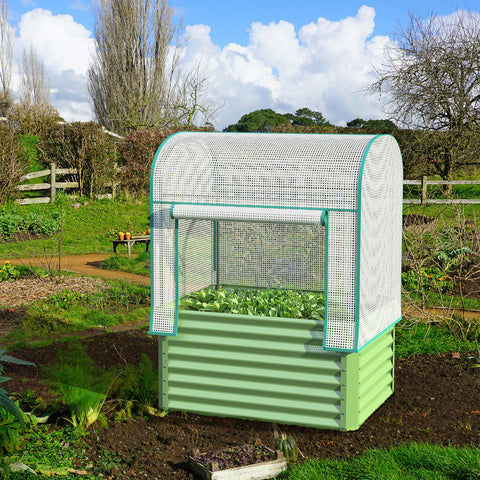
Tubers develop from underground stems or stolons that store food and plants
The starch is later used by the plant. Now that you know the basics, don't be afraid to plant potatoes.
Whether it's Irish potatoes or sweet potatoes, whether they're stems or roots, it doesn't affect gardening ability, as long as you have some soil and seeds, you're good to go!
Boil and chop them up for the next dinner party.









